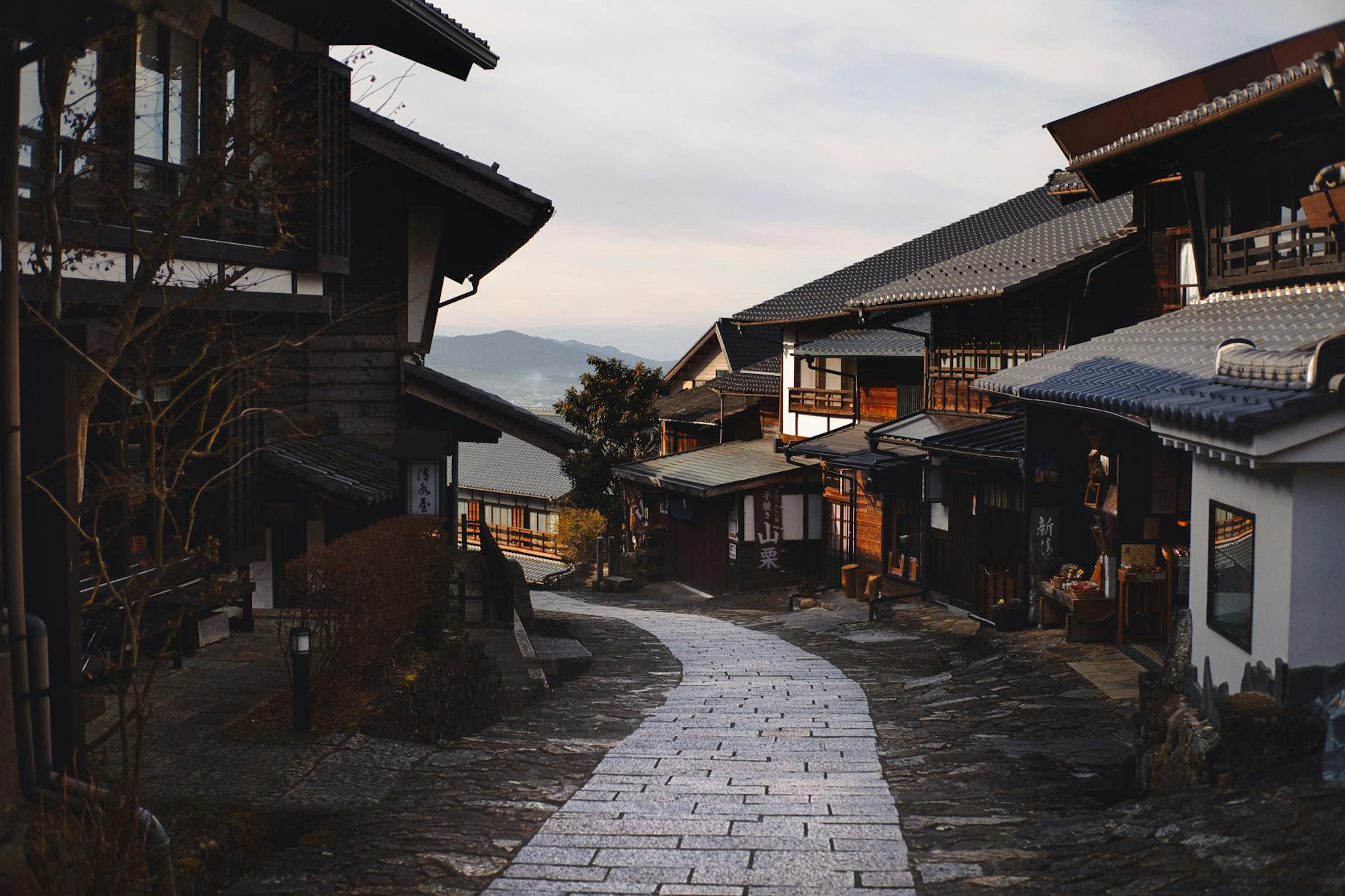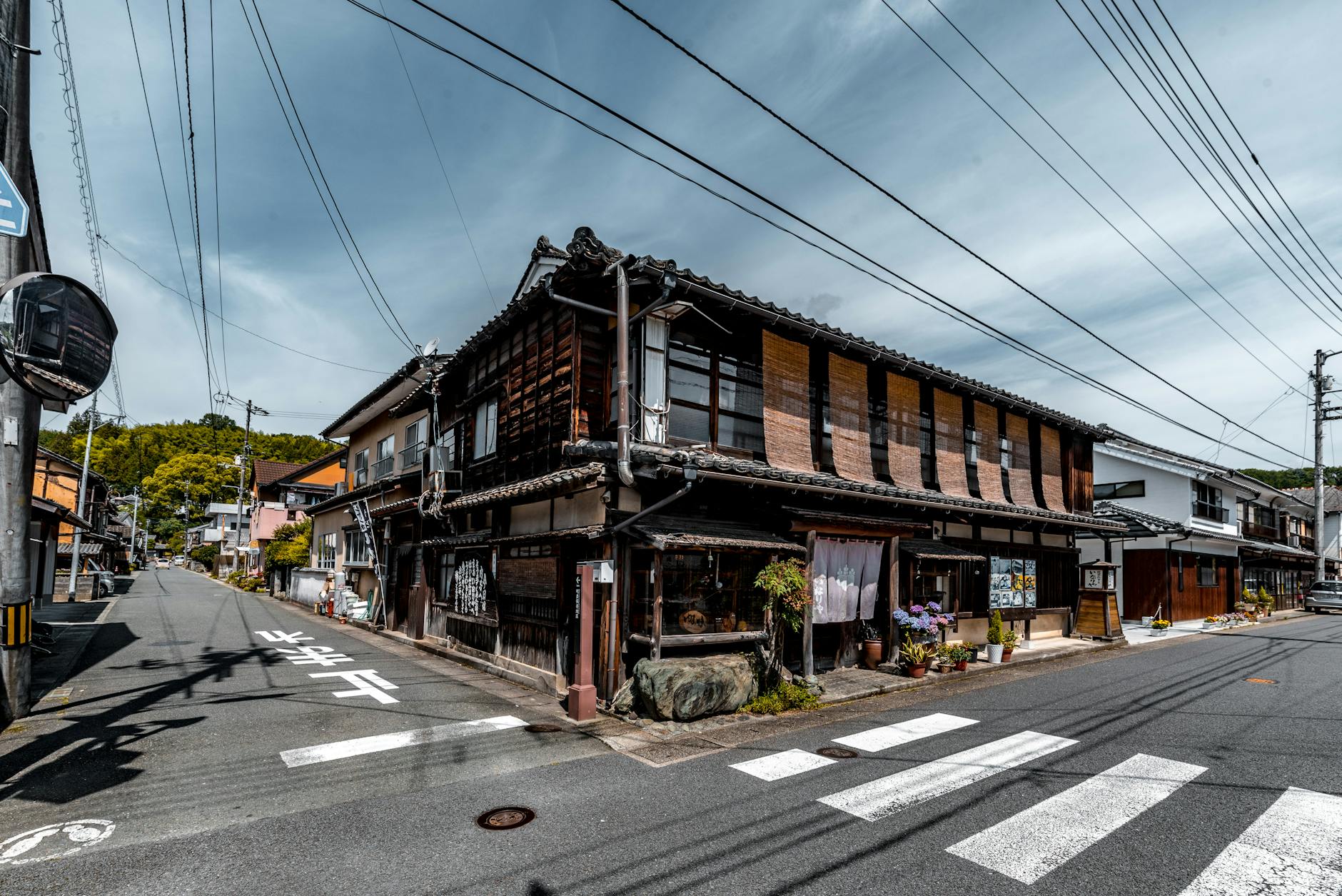Have you ever been struck by the unusual silence when walking through the neighborhood in Tokyo or Kyoto?
In Japan, silence is a deliberate element of urban design.
This profound quietude is not incidental, but the result of decades of thoughtful policy, cultural sensibility, and meticulous planning across architecture and infrastructure.
◆ The Cultural Sensitivity to Sound
In Japan, silence is not simply about acoustics—it is a reflection of social grace and collective mindfulness.
There exists a long-standing belief:
- Avoiding disturbances to neighbors
- Not using washing machines or vacuums late at night
- Being mindful even of the sound of opening and closing doors
These subtle daily gestures, repeated across millions of homes, create not just quiet neighborhoods—but quiet cities.
In this way, Japanese silence is not only the result of superior infrastructure, but also a form of cultural design shaped by human behavior.
◆ In Japan, Soundproofing Is the Standard of Living
In the design of Japan’s premium residences, acoustic consideration is a foundational principle.
- Double-glazed windows and sound-insulated walls as standard
- Flooring systems engineered to absorb impact from upper levels
- Soundscape of elevators and hallways is deliberately minimized
- Refuse areas and mechanical rooms carefully distanced from living spaces
These thoughtful design elements create a daily environment where well-being is instinctive, and restoration is effortless.

◆ Silence by Design: A Principle of Japanese Urban Planning
For example, in Tokyo’s Minato and Bunkyo wards, regulations and spatial design include:
- Residential areas are protected by height restrictions and zoning limitations
- Commercial buildings along major roads are often designed with “quiet zones” tucked behind the façade
- Parks, temples, and educational institutions are deliberately positioned throughout the city to act as natural sound absorbers
In other words, Japan’s urban fabric includes planned sanctuaries of stillness—offering residents a sense of retreat, even in the heart of the metropolis.
◆ The Contrast with Bangkok and Hong Kong
In Bangkok and Hong Kong, vibrancy and convenience often take precedence, while acoustic awareness remains an emerging consideration.
It is not uncommon to find:
- Luxury towers adjacent to clubs or restaurants
- Residential units along busy roads filled with motorbikes and traffic
- Narrow spacing between buildings that amplifies sound
In contrast, Tokyo embraces a very different mindset: silence is synonymous with comfort.
Choosing a quiet neighborhood in Tokyo is a strategic investment in long-term property value.

◆ Why Silence Is Increasingly Valued
In Japan, silence is intricately linked to the lifestyle:
- Remote work, creation, and other pursuits that require deep concentration
- Child-rearing and sleep environments where acoustic quality directly impacts well-being
- A quieter atmosphere that reduces long-term stress and health risks as one ages
These are not passing preferences—they are enduring human needs. And as such, neighborhoods designed for quietude are more likely to retain.
◆ The Absence of Noise: The Ultimate Luxury in Urban Design
In Tokyo and Kyoto’s most prestigious residences, silence itself has become a marker of status.
It is not about height or opulence—but about a deeper understanding of what true richness means.
We are entering an era where the greatest urban luxury is not space or status—
but the quiet in which one lives.




